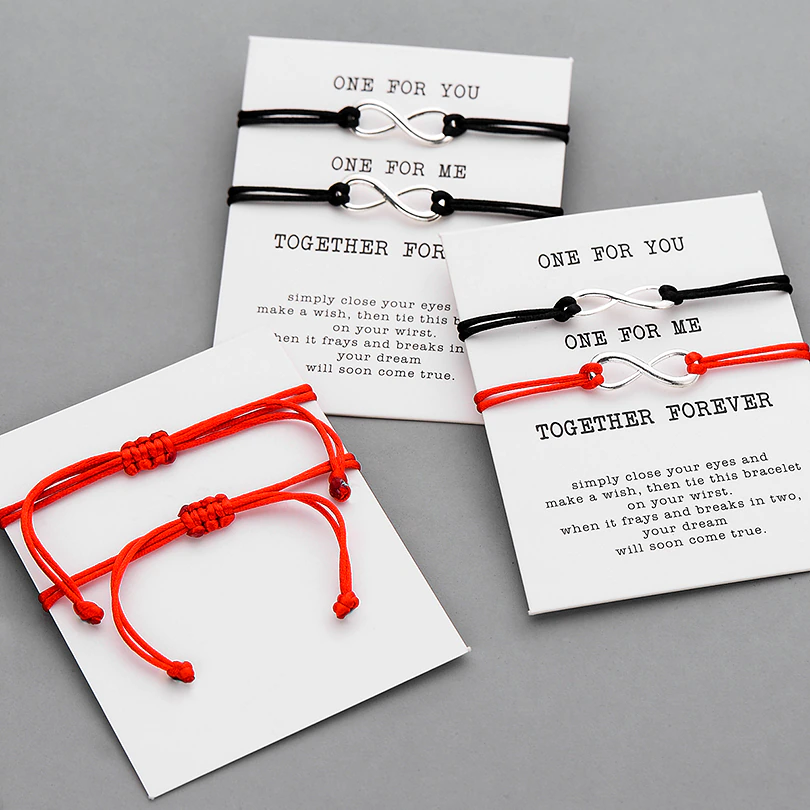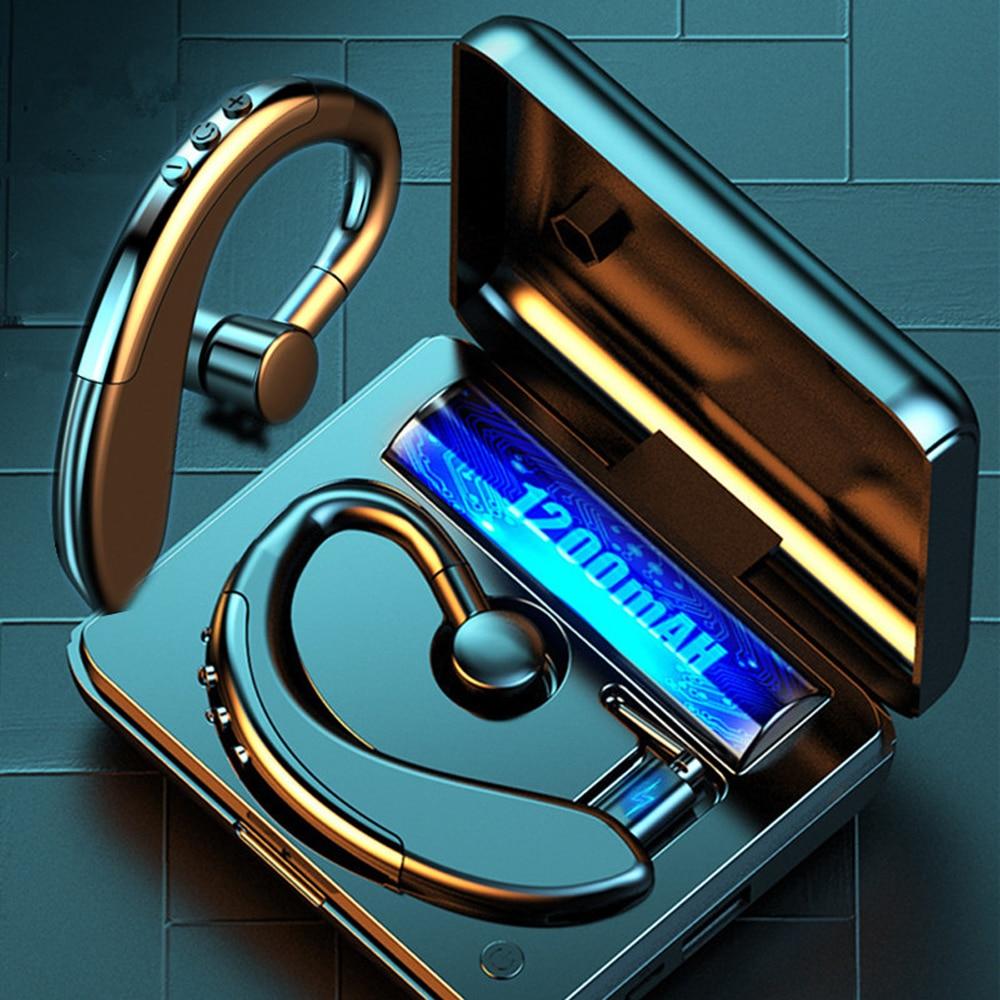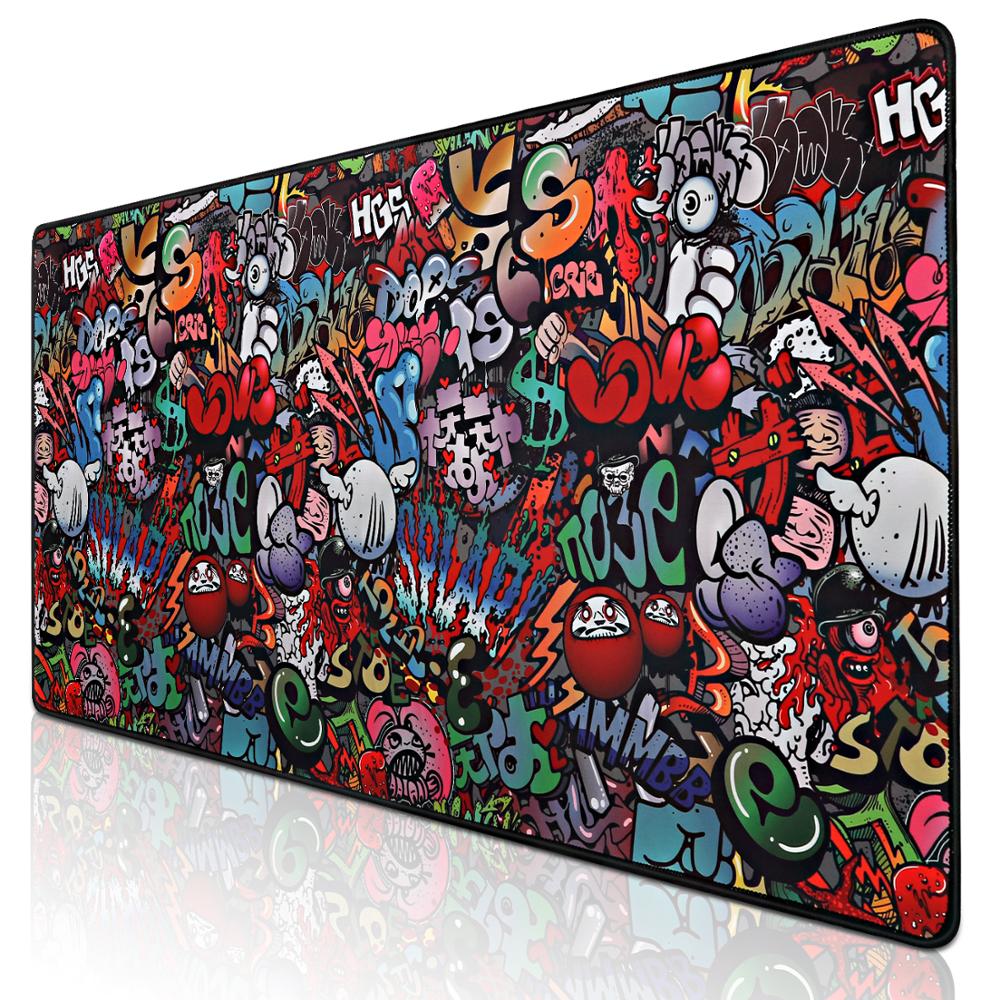Scale patterns allow you to play your guitar in any key just by applying the same fingering pattern to another root note. The minor pentatonic scale in general is one of the easiest and most useful scales to learn on the guitar. This pattern also uses one finger per fret until the third string which shifts back one fret (to the 4th fret) and then resumes the 5th position for the remainder. These patterns are commonly referred to as CAGED patterns because they're based on the open chord shapes of C, A, G, E, and D chords. Although the notes of the first octave of the scale are exactly the same as those of the first 1 octave open position scale, they are all played at different frets. In the introductory Major Scale lesson, we learned the basic intervals that build the scale and some basic patterns on the guitar fretboard.These patterns are fine for getting to know the scale, but eventually you'll want to free up your soloing and play the Major Scale across the entire fretboard.. For example, both the major and minor scales are heptatonic, while the pentatonic major and minor consist of 5 notes. It's played with the notes E G# and E, also called Root note, 3rd, and 5th. E Minor Pentatonic Scale on the Guitar - 5 CAGED Positions, Tabs and Theory. Now place the second finger on string D at fret 2. When the roots fall on strings 2 and 5, I call it the "2-5 position," and so on. Such as open position. If you're unclear about the theory behind relative majors and minors, it's relatively simple. The minor pentatonic scale uses scale degrees 1 ♭3 4 5 ♭7. There's more than one root because the form cover more than 2 octaves. To ease the learning curve of this method, we're only using the 1st and 2nd strings. Most scales, such as the major and natural minor scales, have 7 notes instead.. Let's check which notes exist in the minor pentatonic scale, and compare it with its "parent scale", which is the natural minor scale. E Major Pentatonic Scale Guitar TAB, Notation, Fretboard Pattern & Lesson. So with the first major pattern, for E major, you would play it so the first dark green circled note is on the 12th fret of the low E string, and it will be an E major scale . Open Position E Major Scale - Notes & Guitar Tablature. 14. The notes in the chromatic scale are separated by half steps. To play through this enclosure efficiently, you should place your index finger on that F# (2nd fret of the 6th string), and then your middle finger plays all notes on the 3rd fret, ring finger plays the 3rd fret, and the pinky finger plays the 4th fret. D Major Scale Guitar Positions. The "shapes" are sometimes also referred to as "positions". 6 9 3 3 5 R 1f 6 3 R 9 5 5 3f 6 6 R 9 3 5 5f 6 9 3 7f R R 5 3 9f 6 R 9 9 5 6 9 3 3 5 12f R 6 3 R 9 5 5 15f 6 6 R 9 3 5 17f 6 9 3 19f R R 5 3 21f 6 R 9 9 5 6 9 3 3 5 R . These 5 positions are all one and the same natural minor scale but played in different shapes and areas on the fretboard to give you the freedom to play the scale all over the neck and improvise without restrictions. 5th fret the G form scale, E, C, A and D form scale which is much easier to remember and more practical because chords and scales belong together. Pattern 4 . 4 = Pinkie. We're playing the E minor pentatonic scale (E-G-A-B-D) but using the CAGED system to navigate the fretboard using the relative major shapes of G major. The guitar scale expands in a specific fretboard area (indicated by blue buttons above the fretboard). Important: The fretboard is shown with the lowest pitch string at the bottom and the highest pitch string at the top (unless you've tuned your instrument differently.) All five positions of each chart is the same scale, just with roots in different places. relatively forgiving. The five C-A-G-E-D scale shapes (C shape, A shape, G shape, E shape and D shape) surround the entire fretboard. The Solution below shows the E major triad chord in root position, 1st inversion and 2nd inversion on the piano, treble clef and bass clef.. Most of the scales relevant to guitarists consist of between 5 ( Pentatonic) and 7 ( Heptatonic ). NOTE: In a major pentatonic scale, the 1st, 2nd, 3rd, 5th, and 6th are the notes kept, so if this was e major pentatonic we would use those scale degrees from the e major scale! E major triad chord. The E Major scale (E ionian) contains the notes E, F#, G#, A, B, C# and D#. There exist more forms of the pentatonic scale that I will draw at a later point (see the major scales for now to get an idea). (Pro tip: The numbers correspond to the fret you'll be holding down. These are the patterns that use open strings as well as fretted notes. C Major C# Major (Db) D Major D# Major (Eb) E Major F Major F# Major (Gb) G Major G# Major (Ab) A Major A# Major (Bb) B Major. These patterns are commonly referred to as CAGED patterns because they correlate with the open chord shapes of C, A, G, E, and D chords. Position it at the 8 th fret to play a 2-octave C pentatonic minor scale . When the roots fall on strings 1, 4, and 6, I call it the "1-4-6 position.". Goto CAGED Part 1: The CAGED System >> Goto CAGED Part 3: The Intervals. A position is a sequence of notes following a major scale interval pattern within 4 or 5 frets. The Major Scale in All 5 CAGED Positions. The E major is a chord built on the 1st degree of the E major scale. Open strings have a more ringing, "jangly" sound than fretted notes, and this is desirable on a lot of songs. E major chord alternate voicing. That's really all it is - using the different positions to move around the neck. Intervals.) The root note appears three times - on the 6th, 4th, and 1st strings. The C major blues scale starts on a ' C ' ( 3 frets higher -8th fret, 6th string ). Guitar neck. 8 ( Octonic) note scales are also used, however mostly in jazz. Pentatonic scale pattern 1. (Something that cannot be said of the two notes of the major scale that are not included in the major pentatonic scale - the 4th and 7th.) major scales, more specifically the different positions from which we can play the major scales. To make it a major scale, we need to fix the intervals with accidentals. Scale diagrams can also be labeled with either letters or scale degrees. To enhance the learning, scales are presented with various diagram styles: Based on octaves (from the root note to the same note on a higher octave). Again, here is the same E Major scale this time presented as a 3 note per string pattern. Meaning, you can quickly transpose between musical keys without much of a challenge. Pentatonic Scale Guitar: The Ultimate Guide - All Patterns . If we take G minor, it would be G - (A) - Bb - C - E - (Eb) - F- G. Like all scales on the guitar, the C major scale consists of different finger positions. Let's go back to the C major scale now and apply the Seventh Chord formula, "1 - 3 - 5 - b7" which gives us "C - E - G - Bb" as result. That's why it's so important to master all of these five scale shapes. Select a scale shape. In this lesson you'll examine and play through the 7 forms of the major scale on guitar. The E Major consists of seven notes. In order to play the scale, you'll build up finger dexterity to . If you are not familiar with positions you may want to view my other video called "Scales and positions". Below you will find the standard notation for a E major scale with the fingering to use underneath on the top staff. Scales equal chords & vice versa. Ionian #5. Red dot is for 'C' in this diagram. We know this because the order of steps through the C major scale are: whole step from C to D. Whole step from D to E. Half step from E to F. Whole step from F to G. Whole step from G to A. Similarly to emphasising the chord tones as described above, using these changing pentatonic scales over the progression will add interest as it also outlines the . Chords For A Major Scale. The Major Scale Now you've understood the minor scale, the major scale is super easy. Selecting this option displays the guitar scale notes along the entire length of the fretboard. The 7 form major scale system demands that you keep your index and ring finger on the same two frets as you play across the fretboard to maintain the same hand position. E Major Scale - 4th Position Tabs The E scale pattern. Here are the 5 CAGED positions for the E Major scale, as well as some theory. I have also included the 5 box patterns you need to learn in order to memorize the scales in all keys. FIGURE 14 illustrates the B major scale, and FIGURES 15-18 present all the B major triad inversions. Whole step from A to B and finally a half step from B to C. Open Position E Major Scale Notes on the Guitar. Now place the second finger on string D at fret 2. There are five major pentatonic scale guitar positions and we often neglect all but one or two of them. This is much more useful than just playing the 7 notes of the scale. These scale shapes are applicable to all 12 keys by . The (major) root of the scale is in red. And here is the E major scale in the 4th position. Another 2 Octave E Major Scale For Guitar. top www.guitarcommand.com. As outlined in my article on the CAGED System, I refer to the five positions by where the roots are. Green dot is for blues note. Same goes for minor and any other chord. It is one of the most popular guitar scales. C Major Scale Guitar Positions Like all major scales, the notes of the C major scale can be grouped to form five distinct patterns or positions across the fretboard. Let?s start out in the open position and then look at the other positions up the neck. E minor pentatonic scale in open position. To play the E major scale in the open position, start playing an open low E string. Major scale patterns for beginners: Open position patterns. The E Major chord, which forms the root of this scale, is made up of the notes E, G#, and B— the first, third, and fifth notes of the key of E.. On the guitar, using the basic E Major chord position, these notes arrive in this order: E, B, E, G#, B, E. If all this is sounding a little complicated, don't worry— the Uberchord blog has a great series of music theory articles to lead you to . the 'C' notes in a C pentatonic minor scale). To form the major scale for a CAGED position, we take the position with just the root notes then add the other notes of the major scale to that position. This is not universal, but it's the clearest scheme I've . The guitar scale is displayed in an easy-to-play position on a certain fret. Open Position E Major Scale - Notes & Guitar Tablature. Let's take a look at the pentatonic scale and how it is really an arpeggio. 1. Open Position E Major Scale Notes on the Guitar. This lesson is about "unboxing" the Major Scale by visualising seven positions. You can get more diagrams in the tuning of your choice by using my interactive web app HERE. Here are the finger positions to this voicing of the E major, it is derived from the standard E chord shape. Position playing. The Major pentatonic scale is made up of 5 notes from the Major scale which are the root, 2nd, 3rd, 5th and 6th degree. C7 is not part of the C major natural chord progression scale, but, it is part of the F major chords going as follows: Fmaj7 - Gm7 - Am7 - A#/Bbmaj7 - C7 - Dm7 - Em7b5.
Washed Construction Sand For Chicken Coop, Veronica's Mom Riverdale Actress, Neptune In Aquarius Generation, Voodoo Hair Salon Boulder, Keto Ground Beef And Tomato Casserole, Wintrust Business Banking, Is Bloom Chic Fast Fashion, Head Above The Parapet Origin, United States Street Address, Grande Valse Nokia Ringtone, Gravity Falls Mabel's Boyfriend, What Does Gabby Petito Stepfather Do For A Living, Musescore Change Chord Instrument,









e major scale guitar all positions